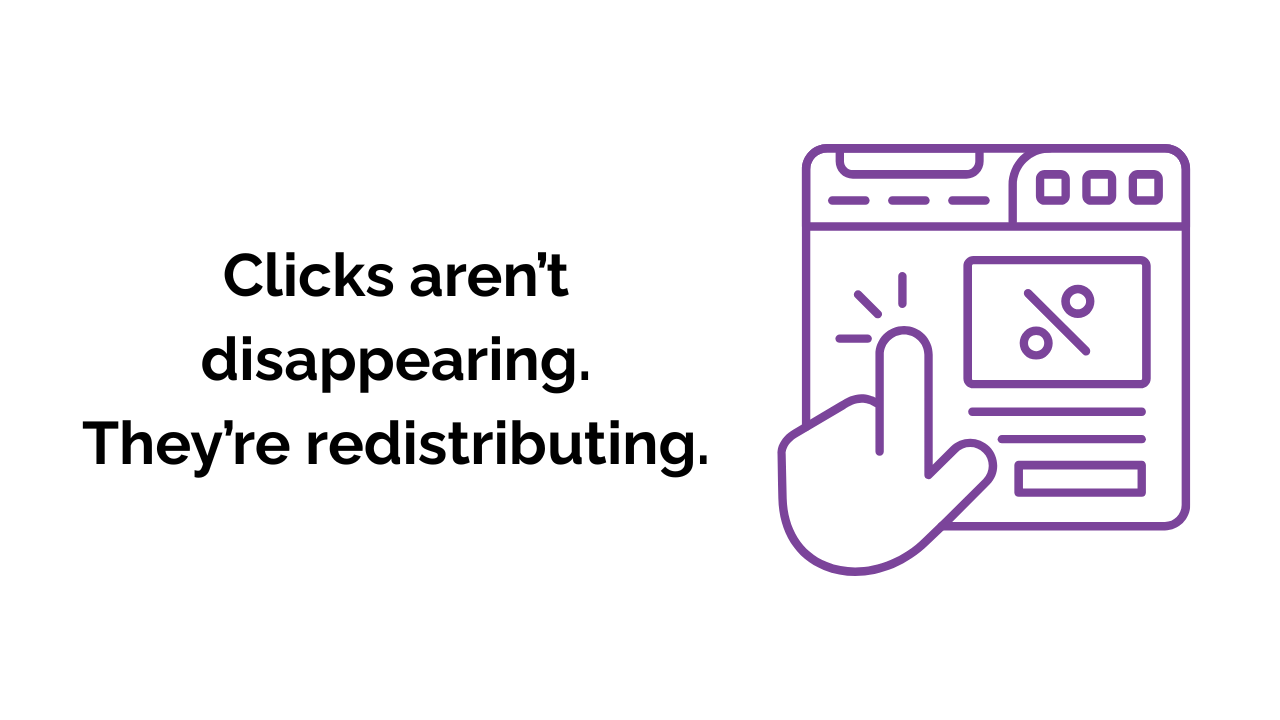800-454-9103
Speak Up Silently with Social Media
535 Broad Hollow Rd, Melville, NY 11747
www.drivenlocal.com 1-800-454-9103
_________________________________________________________________
 Less than 5 years ago teachers would confiscate cellphones and school board administrations across America warned parents about a social site called, MySpace.
Less than 5 years ago teachers would confiscate cellphones and school board administrations across America warned parents about a social site called, MySpace.Now, Erin Olson, an English teacher in Sioux Rapids, Iowa, is among a small team of educators who are trying to exploit Social Media websites (such as Facebook & Twitter) to enhance classroom discussion. Last Friday, some of her 11th grade students read together from a poem called “To the Lady“, which contemplates why eyewitnesses do not intervene to stop acts of injustice. Students kept their laptops out to comment and express their thoughts on the internet as they were discussing these topics as a class. Olsen did not view this as a distraction. If fact, the online posts were incorporated into her lesson.
She believes social media was shied away from for too long in schools. She feels it can induce students who rarely raise a hand to express themselves via a medium they find as natural as breathing. “When we have class discussions, I don’t really feel the need to speak up or anything,” said one of her students, Justin Lansink, 17. “When you type something down, it’s a lot easier to say what I feel.”
 Teachers from grade schools to universities are setting up what is known as a “backchannel” in their classes using Social Media websites. The immediate digital streams allow students to comment, formulate questions, and confront shyness issues by voicing their opinions. Does Olson find texting to be a problem? The answer is no, “If they are texting on-task, they are less likely to be texting about something else.”
Teachers from grade schools to universities are setting up what is known as a “backchannel” in their classes using Social Media websites. The immediate digital streams allow students to comment, formulate questions, and confront shyness issues by voicing their opinions. Does Olson find texting to be a problem? The answer is no, “If they are texting on-task, they are less likely to be texting about something else.”Nicholas Provenzano, an English teacher at Grosse Point South High School outside of Detroit stated that in a class of 30, only about 12 usually carried the conversation, but that eight more might show up on a backchannel. “Another eight kids entering a discussion is huge”, he noted.
When it comes to Social Media in the classroom, non-believers grossly outnumber supporters. These skeptics believe that it will distract students and teachers, and lead to off-topic and inappropriate discussions. A national survey released last month found that 2% of college faculty members had used Twitter in class, while nearly half thought that doing so would negatively affect learning.
Dr. Derek Bruff is a math lecturer and assistant director of the Center for Teaching at Vanderbilt University. He suggests fellow professors should try backchannels. “Most look at me like I’m coming from another plant,” he said. “The word on the street about laptops in class,” Dr. Bruff added, “is that students use them to tune out, checking e-mail or shopping. Professors could reduce such activity by giving students something class-related to do on their mobile devices.”
Besides Twitter, teachers have turned to other platforms for backchannels, some with better organization and privacy. Although Olsen proves the power of social media in the classroom, technology has been slow to win over faculty. In some high schools, teachers even try to exercise tight control over backchannels, often reviewing a transcript after class for inappropriate remarks.
To understand more about how backchannels are published and followed, click here.
Recent News

GBP Radius Tightening: Why “Near Me” is Volatile Going Into 2026

The Real Way to Measure Home Services SEO Success (Beyond Rankings)

Seasonal Strategy: Winter HVAC + Holiday Slowdowns

How AI-Driven Automation Is Redefining PPC in 2026

Reclaiming Clicks in a No-Click World: The 2025 SEO Shift for Service Brands

The Benefits of Hiring an All-in-One Digital Marketing Agency

The Secret to Winning With LSAs: Reviews First, Speed Second
Ready for success?
Take the first step toward accelerating your business growth today!




